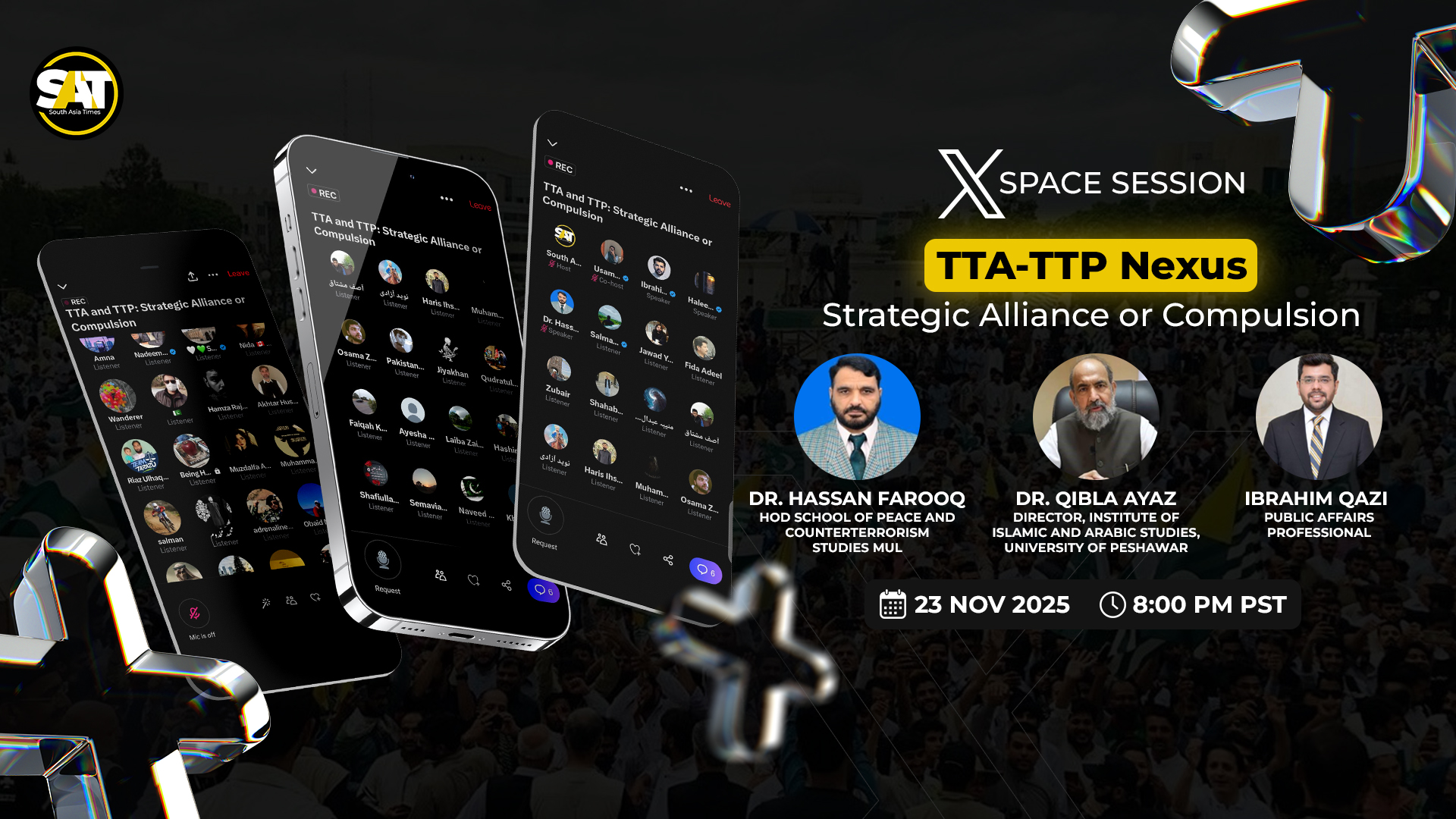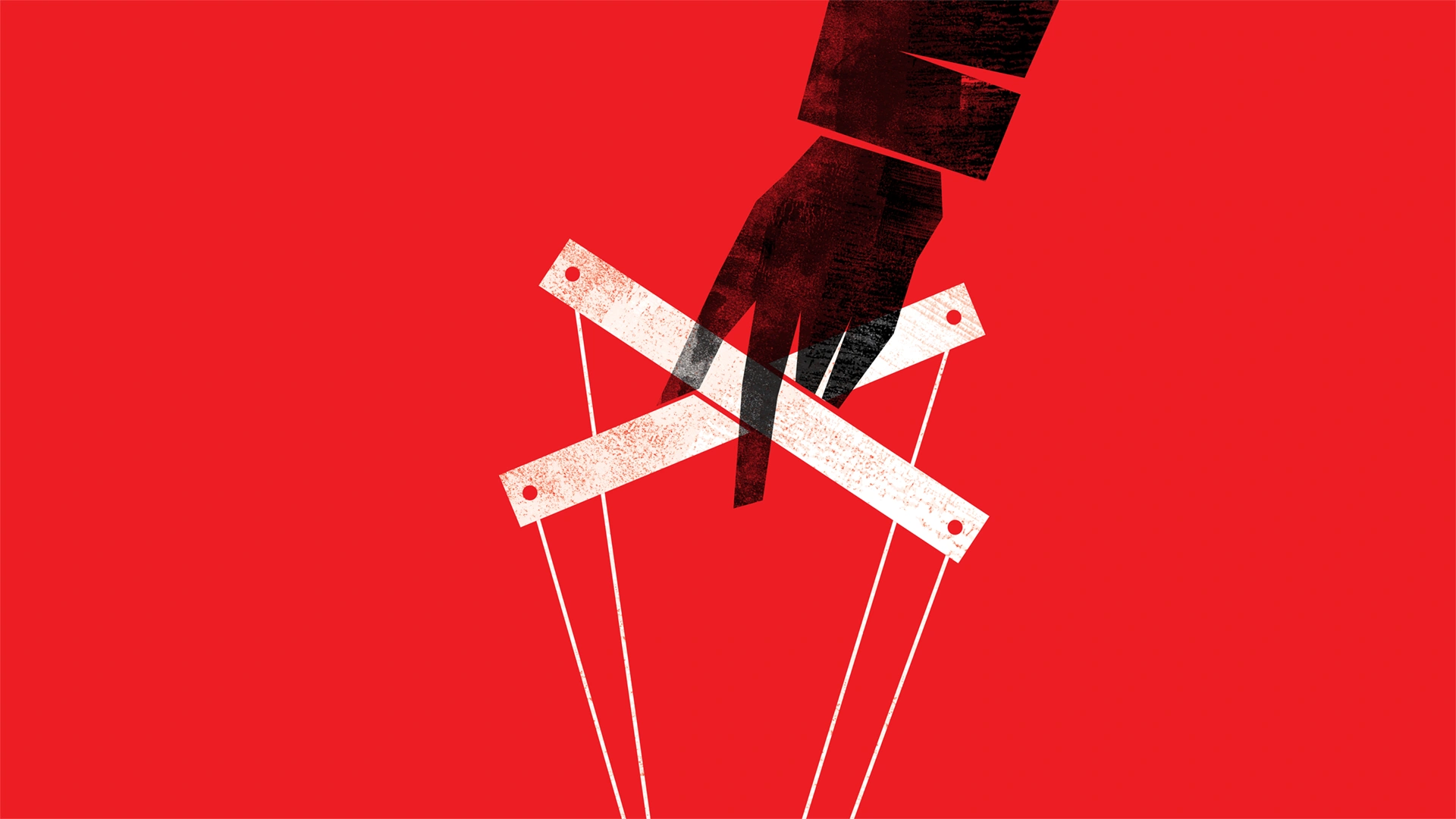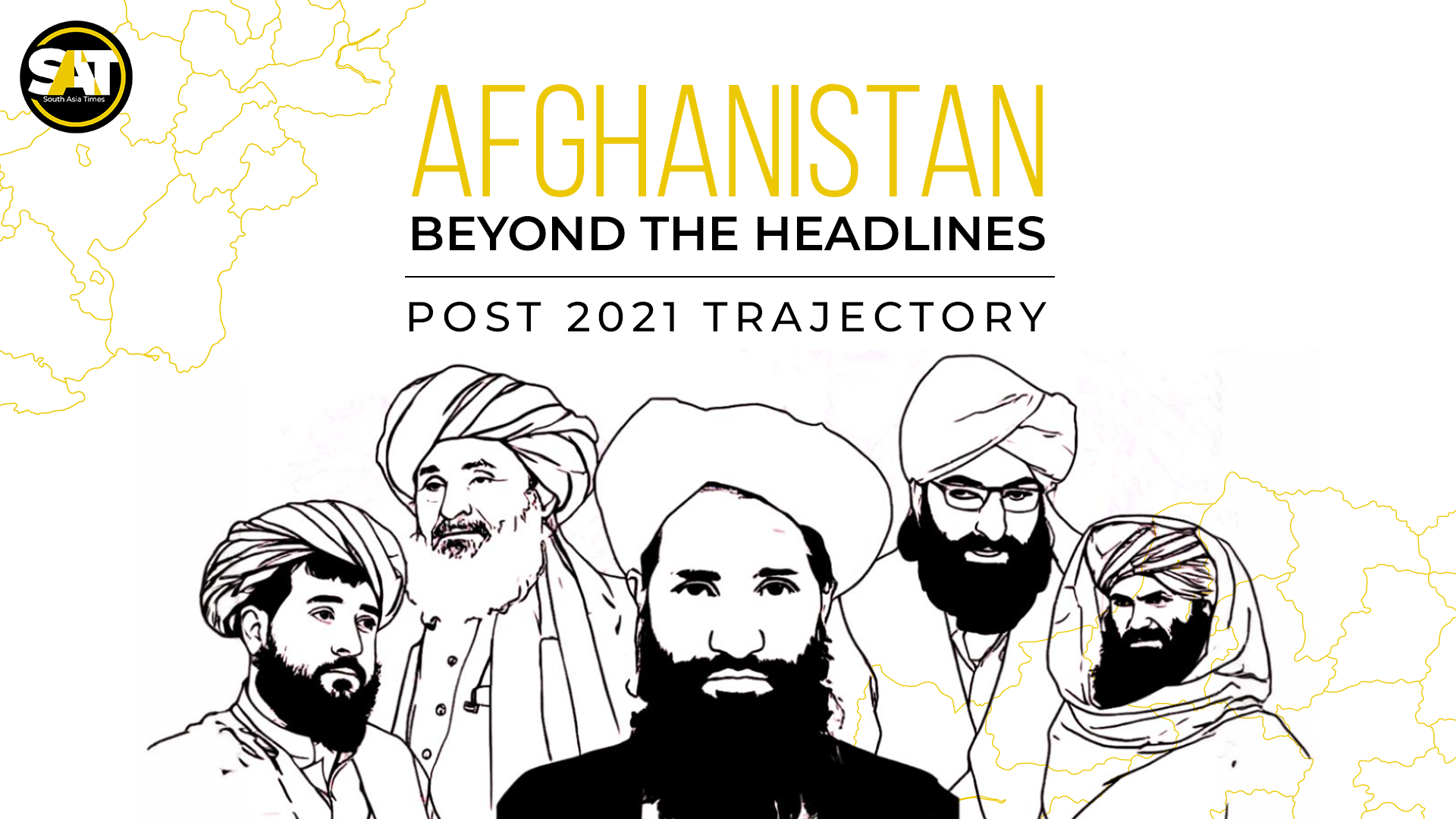On November 23rd, 2025, South Asia Times (SAT) hosted an insightful X Space session on the “TTA-TTP Nexus: Strategic Alliance or Compulsion?” Moderated by Usama Khan, the discussion featured perspectives from Dr. Qibla Ayaz, an eminent Islamic scholar and former chairperson of the Council of Islamic Ideology (CII), Pakistan; Dr. Hassan Farooq, Dean of the School of Peace and Counter Terrorism Studies, Minhaj University Lahore; and Muhammad Ibrahim Qazi, a public affairs professional with deep insight into governance, diplomacy, and regional security.
The main agenda of this session was to dissect the deep relationship between the Tehreek-e-Taliban Afghanistan (TTA) and the Tehreek-e-Taliban Pakistan (TTP). The debate focused on whether the bond between these entities is a deliberate strategic choice or a situational compulsion born of history and geography. The discussion spanned the historical roots of militancy, the realities of the porous border, and the governance limitations currently facing the interim Afghan government, ultimately suggesting that the alliance is a pragmatic survival strategy rather than just ideological alignment.
Key Analysis Points
Ethnic Ties Over Ideology
Contrary to the common perception of a purely Islamic ideological bond, speakers argued that the TTA-TTP relationship is grounded heavily in ethnicity, tribal kinship, and shared geography. It acts largely as a “marriage of convenience” driven by political utility and survival. The TTA leverages the TTP as a strategic tool to maintain influence, while publicly categorizing the group’s violence as Pakistan’s internal matter to avoid direct culpability.
The Tradecraft of Militancy
The region suffers from a self-sustaining ecosystem of war that has developed over decades. The panel highlighted that militancy has evolved into a specific “tradecraft,” where the machinery of war and the legacy of foreign fighters remain deeply embedded in the social fabric. This ecosystem operates independently of state boundaries, fueled by a generation raised in conflict and accustomed to a war economy.
Historical and Structural Roots
Current security challenges are the fruit of post-Soviet militant networks and the massive proliferation of weapons left behind by past conflicts. Specific domestic events, such as the Lal Masjid operation, alongside radicalization trends in Khyber Pakhtunkhwa (KPK), have historically provided the TTP with a potent narrative for recruitment. Speakers also noted that media coverage has inadvertently amplified the influence of early TTP figures by giving them a platform.
Cross-Border Realities
With a 2,600 km porous border, the spillover of violence is described as nearly unavoidable due to the terrain and lack of infrastructure. Decades of free movement have established deep tribal, familial, and trade networks that bind communities on both sides, making separation difficult. The panelists also noted reports of hostile actors, specifically India, exploiting these cross-border vulnerabilities to destabilize the region.
Root vs. Branch Strategy
A critical distinction was drawn between the TTA (the root) and the TTP (the branch). Experts argued that the TTP functions as an extension of the TTA, often recruiting unemployed youth via financial incentives rather than pure ideology. Consequently, negotiating solely with the TTP is viewed as futile. Effective engagement must target the TTA directly, holding them accountable to their commitments under the Doha Agreement to cut off support to the branch.
Governance Limits in Afghanistan
The TTA does not govern through centralized institutions but rather through a loose network of tribes, factions, and local power brokers. This lack of centralized capacity makes it difficult for them to control all provinces effectively or restrain the TTP even if they wanted to. This weak governance creates a power vacuum that militants and external influencers can easily exploit.
Socio-Economic Drivers
Unemployment was identified as a primary driver pushing youth toward militancy, creating a ready supply of foot soldiers. Without economic alternatives, the financial incentives offered by groups like the TTP become attractive survival mechanisms. Furthermore, specific madaris continue to feed radical narratives and facilitate ideological grooming. Long-term security is viewed as impossible without significant economic uplift and educational reform.
Public Perception and Regional Politics
There is a noted lack of political clarity within Pakistan regarding these dynamics, leading to public confusion and misinformation. On the Afghan side, despite Pakistan’s historical support, the political compass often leans toward India due to strategic narratives. There is a concerning rise in anti-Pakistan sentiment particularly among the Afghan Gen Z demographic, which complicates diplomatic efforts.
Strategic Recommendations
The TTA largely avoids direct confrontation with the TTP to prevent internal backlash and fragmentation within their own ranks. To counter this, the panel suggested Pakistan adopt a multifaceted approach:
- Policy Mix: Implement a balanced strategy combining diplomacy, selective kinetic force, economic development, and counter-narrative building.
- Targeted Pressure: Policy must differentiate between various Afghan actors while maintaining specific pressure on the TTA leadership regarding cross-border terrorism.
- Strategic Communication: The government, particularly in KPK, must prioritize strategic communication. Initiatives in Pashto and Dari should be launched to bridge the language gap, counter hostile narratives, and foster better bilateral understanding.
The recording of the space session is available Here.





